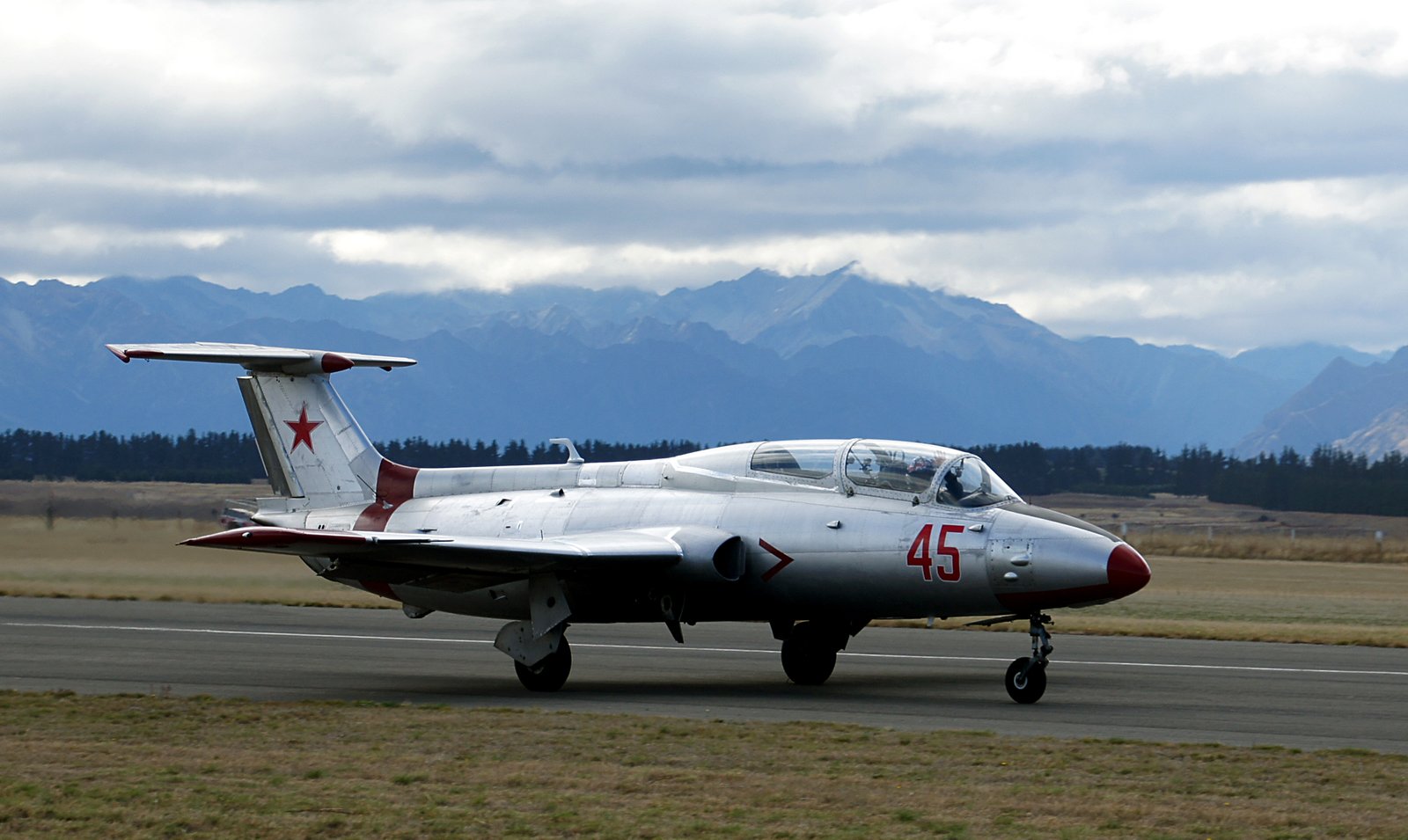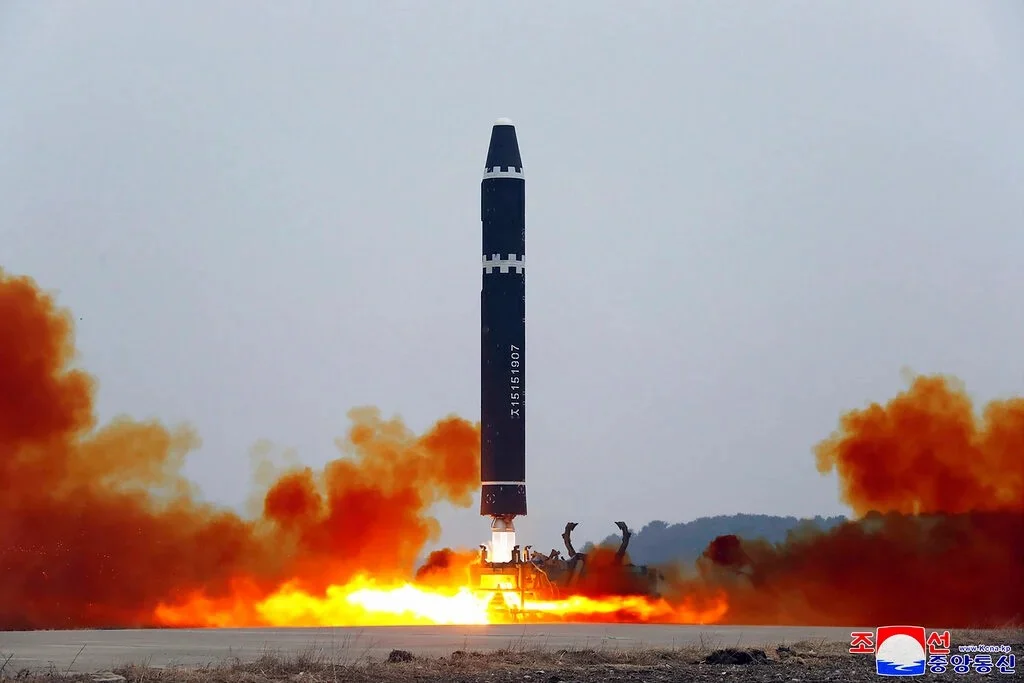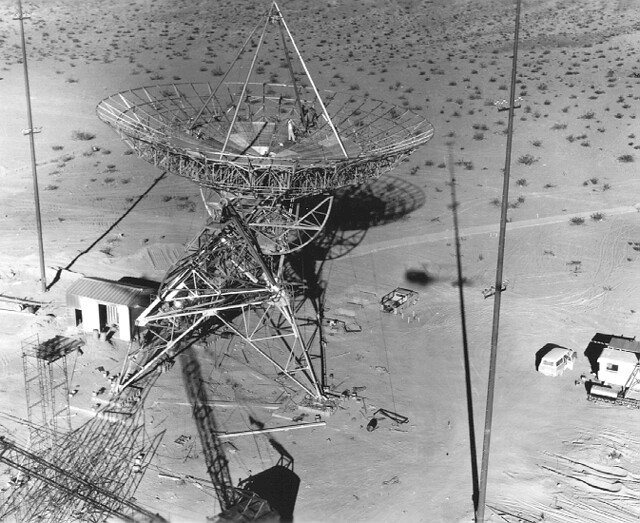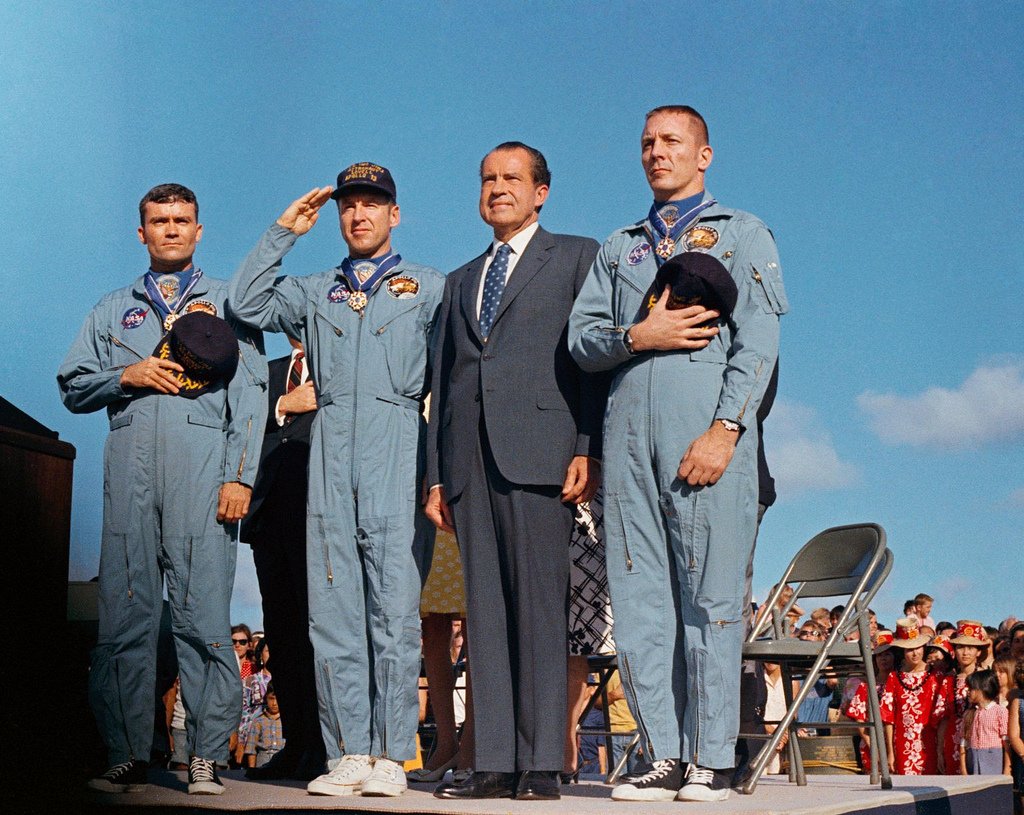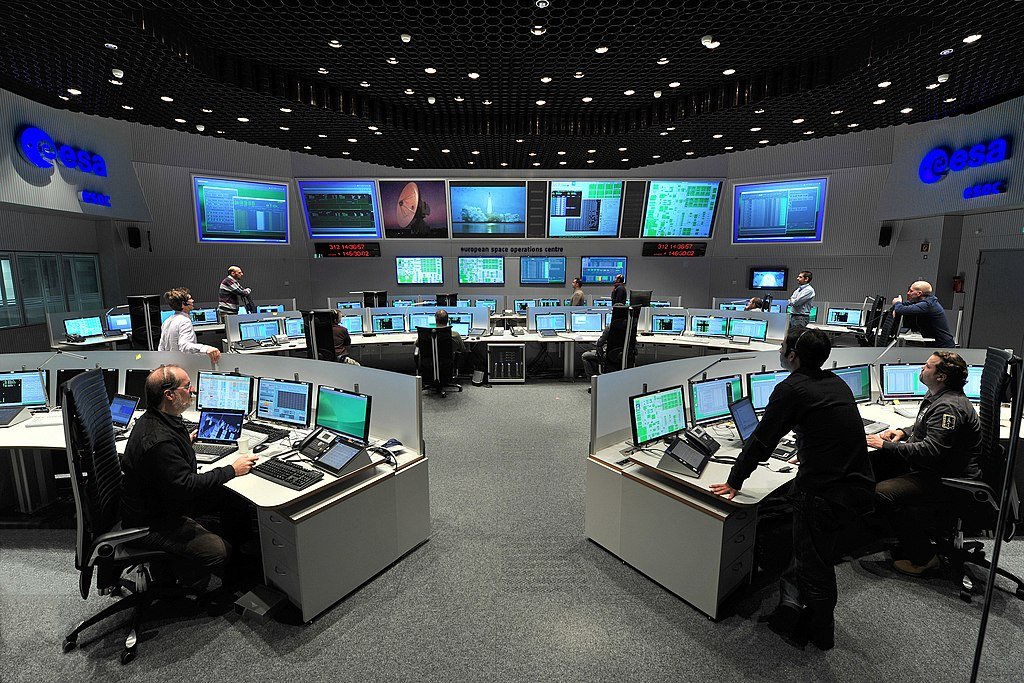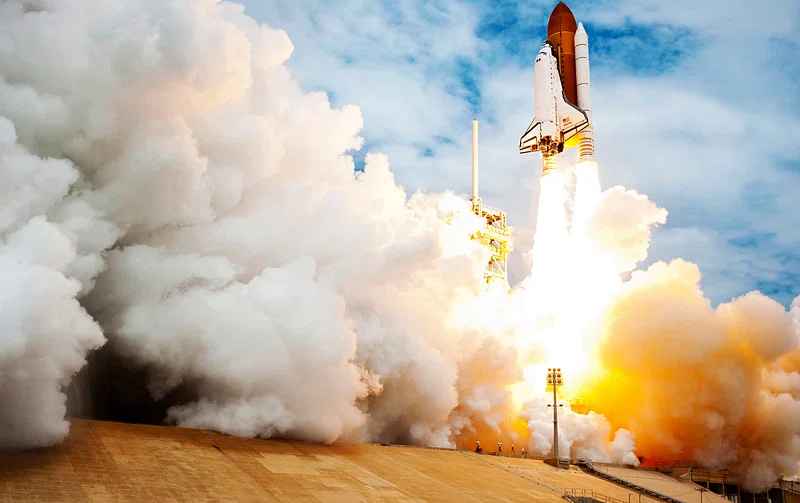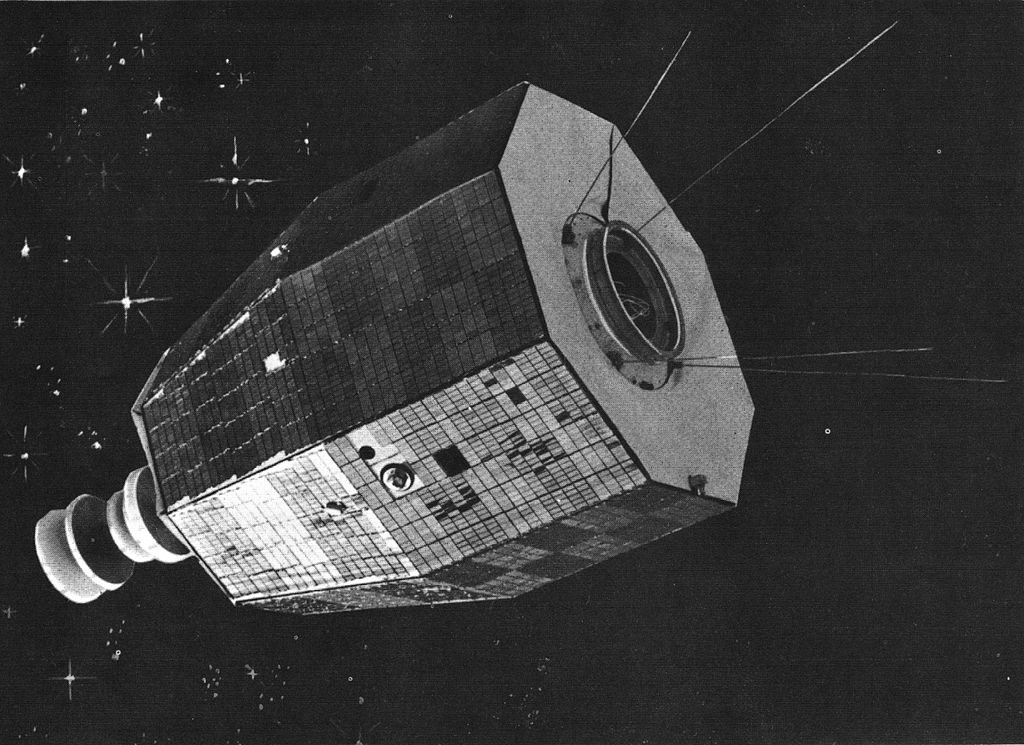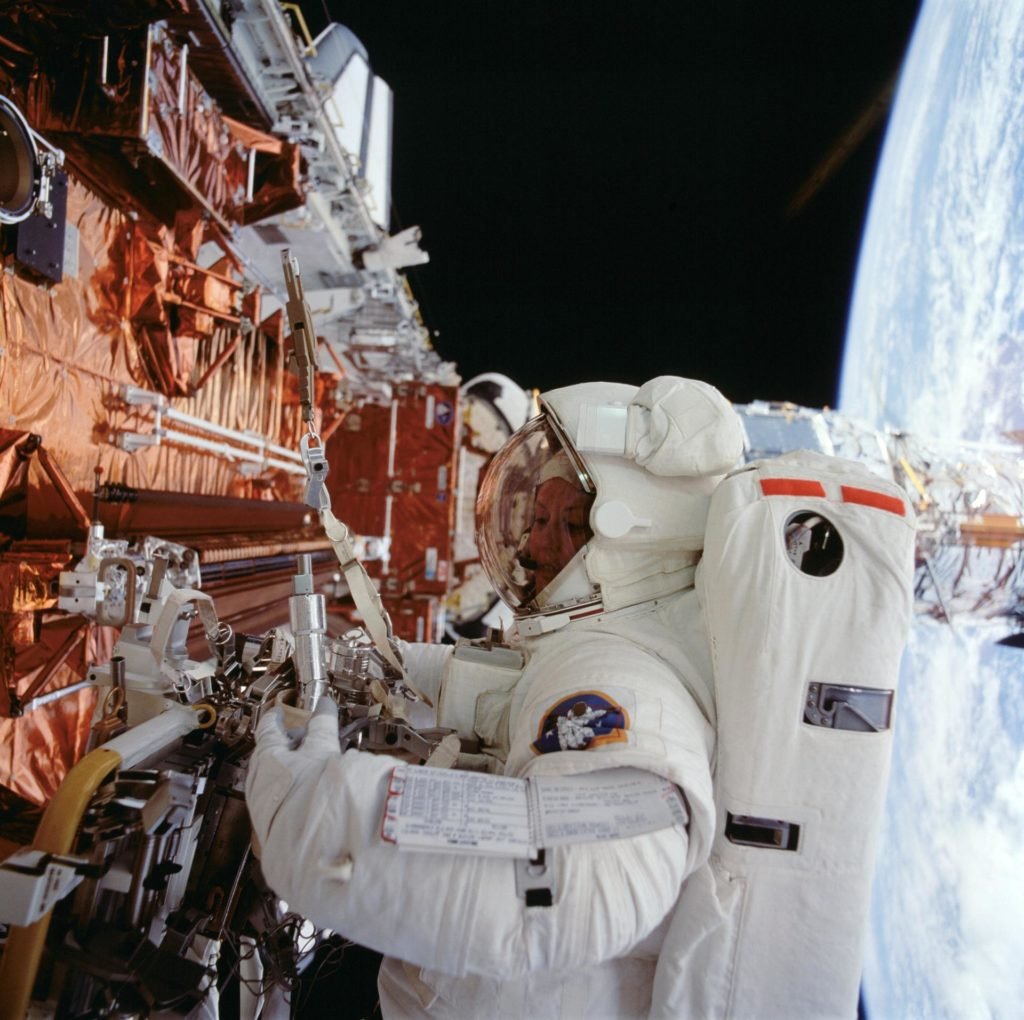Neil Armstrong, a name forever etched in the annals of history, needs no introduction for his pivotal role in one of humanity’s most remarkable achievements. As the first human being to set foot on the Moon during NASA’s Apollo 11 mission, Neil Armstrong became a symbol of mankind’s unrelenting spirit of exploration and the embodiment of audacious dreams transformed into reality. This introduction embarks on a journey through Armstrong’s life post-Apollo 11, delving into the profound reasons behind his decision never to return to space and his enduring legacy.
In 1969, the world watched with bated breath as Neil Armstrong, accompanied by Buzz Aldrin and Michael Collins, embarked on a journey to the Moon. As the commander of Apollo 11, Armstrong’s momentous step onto the lunar surface on July 20th, 1969, marked an unprecedented chapter in human history. The famous words he uttered, “That’s one small step for man, one giant leap for mankind,” resonated not just across the vast expanse of space but within the hearts and minds of people around the world.
Yet, despite the indelible mark he left on the lunar landscape, Armstrong never returned to space, a decision shrouded in both mystery and profound significance. This choice wasn’t arbitrary; it was a reflection of his deeply held beliefs, personal convictions, and his dedication to NASA’s mission beyond the Moon landing.
This exploration of Neil Armstrong’s post-Apollo 11 life delves into the man behind the iconic image. It illuminates his transition into administrative roles within NASA, his concerns about spaceflight safety, and his enduring commitment to space exploration. In doing so, it reveals not only the complexities of Armstrong’s character but also the enduring legacy he forged through his choices and contributions to the space program. In the pages that follow, we uncover the untold story of the astronaut who took that historic step onto the lunar surface and chose to pave a unique path in the world of space exploration.
Table of Contents

Why do astronauts not go back to the moon?
Astronauts have not returned to the Moon since the Apollo missions for several reasons:
Shift in Space Exploration Focus
After the initial lunar landings, NASA’s and other space agencies’ focus shifted toward other objectives in space exploration, such as the Space Shuttle program, the International Space Station (ISS), robotic missions to other planets, and the goal of sending astronauts to Mars. These endeavors required significant resources and attention, leaving little room for lunar missions.
Technical Challenges
While the technology and knowledge gained from the Apollo program were groundbreaking, revisiting the Moon presents new challenges. Developing the required spacecraft, habitats, and sustainable systems for extended lunar stays is complex and costly. These challenges necessitated careful planning and a phased approach to lunar exploration.
International Collaboration
Recent lunar exploration efforts have seen an emphasis on international collaboration. Projects like the Artemis program, led by NASA, aim to return astronauts to the Moon with contributions from various countries and space agencies. The time spent coordinating international efforts, agreements, and technical standards has added complexity to lunar missions.
Budget Constraints
Space exploration missions are costly, and budgets must be allocated to various projects and priorities. Budget constraints and shifting political priorities can impact the timing and frequency of lunar missions.
Safety Considerations
Space missions inherently involve risks, and safety is a paramount concern. Ensuring astronaut safety during lunar missions requires extensive testing, development, and validation of spacecraft, habitats, and life support systems, which takes time and resources.
While astronauts haven’t returned to the Moon since the Apollo missions, there is renewed interest in lunar exploration, as evidenced by programs like Artemis, which aims to land “the first woman and the next man” on the Moon and establish a sustainable lunar presence. Future lunar missions will build on past accomplishments while addressing the challenges of today’s space exploration landscape.

Why did NASA stop going to space?
NASA did not stop going to space, but there was a transition in its space exploration programs and priorities after the Apollo era. After the Apollo program concluded in the early 1970s, NASA shifted its focus to other areas of space exploration for several reasons:
Cost
Apollo was an immensely expensive program, and the U.S. government had to allocate its resources to other pressing national priorities. The high costs of maintaining a lunar program made it unsustainable in the long term.
Changing Goals
NASA’s objectives evolved. The agency started focusing on developing the Space Shuttle program, which aimed to make space travel more routine and cost-effective by providing reusable spacecraft.
International Cooperation
NASA began collaborating with other space agencies, such as Russia’s Roscosmos and the European Space Agency, on various space missions. This cooperation allowed for the sharing of costs and resources, enabling more extensive exploration.
Scientific Missions
NASA expanded its portfolio to include more scientific missions, such as robotic missions to other planets, space telescopes like the Hubble, and the study of Earth’s climate. These missions provided valuable scientific insights.
Space Shuttle
The Space Shuttle program, which started in the 1980s, played a significant role in NASA’s activities. It focused on launching satellites, conducting experiments, and supporting the construction of the International Space Station (ISS).
Private Space Industry
NASA began partnering with private companies, like SpaceX and Boeing, to develop commercial spacecraft, which has since led to a resurgence in human spaceflight with the ISS and plans for future missions to the Moon and Mars.
In summary, NASA never stopped going to space but shifted its priorities and strategies over the years, moving away from the high-cost lunar missions of the Apollo era to a more diverse portfolio that includes scientific exploration, international collaboration, and the development of commercial space capabilities. This evolution has allowed NASA to continue pushing the boundaries of human knowledge and space exploration while managing costs more efficiently.
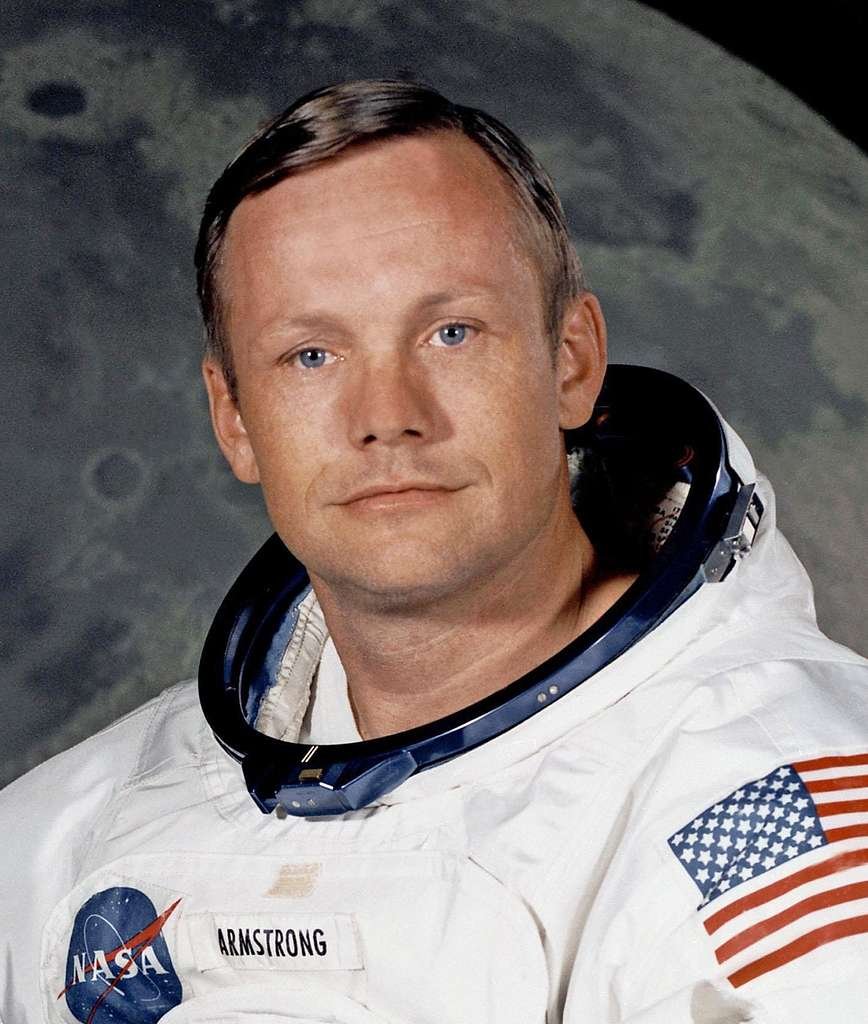
Why did Neil Armstrong never go back to space?
Neil Armstrong, the first person to set foot on the Moon during the historic Apollo 11 mission in 1969, never returned to space for several reasons. While he remained deeply involved in NASA and the space program in various capacities, there were specific factors that contributed to his decision not to go back to space:

Personal Choice
Neil Armstrong’s name is synonymous with one of humanity’s most significant achievements – the Moon landing. However, what set him apart from many other famous figures was his steadfast commitment to humility and his preference for a life away from the spotlight. In the wake of the Apollo 11 mission, Armstrong’s stoic demeanor and unassuming nature became legendary.
Unlike some public figures who relish the attention, Armstrong shied away from the media frenzy that surrounded him. He rarely gave interviews and eschewed the trappings of celebrity. Instead, he channeled his energy into his work and other endeavors.
This deliberate detachment from fame spoke volumes about his character. It revealed a man who was motivated not by personal glory but by the pursuit of knowledge and the advancement of human exploration. Armstrong’s quiet and reserved disposition only enhanced his status as a revered figure, embodying the qualities of an authentic hero – someone who had achieved the extraordinary but remained remarkably grounded. His legacy extends beyond the lunar surface; it is a testament to the power of humility and the impact of one individual’s dedication to a higher cause.
Administrative Roles
Neil Armstrong’s transition from astronaut to administrative roles within NASA marked a pivotal phase in his illustrious career and had a profound impact on the trajectory of space exploration. His skills and experience, honed through his astronaut training and lunar mission, made him an invaluable asset to the agency.
In his role as the Deputy Associate Administrator for Aeronautics, Armstrong brought a wealth of practical knowledge and a unique perspective to the development of cutting-edge space technologies. His first-hand experience with the challenges of space travel allowed him to provide crucial insights into the design and improvement of spacecraft, ensuring their safety and efficiency.
Armstrong’s contributions extended beyond the confines of NASA’s immediate goals. He was instrumental in shaping the long-term vision for space exploration. His commitment to advancing aeronautics and space technology paved the way for future missions beyond the Moon, including robotic exploration of distant planets and the establishment of the International Space Station. Armstrong’s legacy endures not only in his historic footsteps on the lunar surface but also in the enduring impact of his administrative work, which continues to shape the future of space exploration.
Safety Concerns
Neil Armstrong’s profound awareness of the perils of space travel was deeply ingrained in his psyche. Having embarked on dangerous missions as a test pilot prior to his astronaut career, he understood the inherent risks of pushing the boundaries of human exploration. However, it was the Apollo 1 tragedy in 1967 that had a particularly profound impact on him.
The Apollo 1 accident claimed the lives of three astronauts: Virgil “Gus” Grissom, Edward H. White II, and Roger B. Chaffee. Gus Grissom, in particular, was not only a colleague but a close friend of Armstrong. This devastating loss hit him on a deeply personal level, intensifying his cautious approach towards spaceflight.
Armstrong’s reluctance to return to space could indeed be attributed, in part, to his firsthand witness of the catastrophic consequences that a small error or equipment malfunction could bring in the unforgiving environment of space. This caution, while understandable, also served as a reminder of the incredible courage exhibited by astronauts who willingly accept such risks to advance our understanding of the cosmos.

Age and Physical Condition
By the time of the later Apollo missions, such as Apollo 12 and beyond, Neil Armstrong was indeed in his 40s, and the physical demands of space travel had taken a toll on his body. Space missions, particularly lunar landings, required astronauts to be in peak physical condition to endure the rigors of weightlessness, radiation exposure, and the strenuous activities involved in walking on the Moon’s surface. Astronauts had to undergo extensive training, which was physically demanding and time-consuming.
Armstrong, having already achieved the historic feat of being the first person on the Moon during Apollo 11, might have recognized that there was a new generation of astronauts eager and well-prepared for future lunar missions. These younger astronauts were physically fit and had the benefit of improved training techniques and technology.
Given Armstrong’s humble and team-oriented nature, he may have felt that stepping aside and allowing younger astronauts to take on the challenges of lunar exploration was the right decision. This approach would not only ensure that NASA had a pool of capable astronauts for future missions but also align with his commitment to the overall success of the space program.
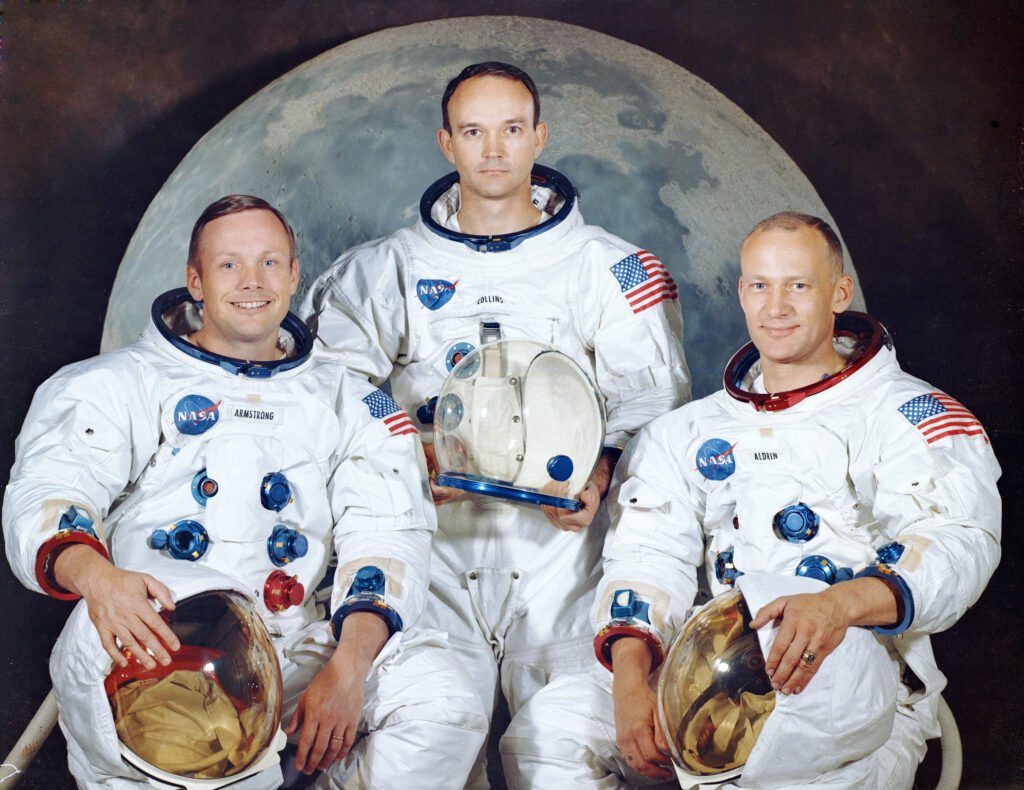
Legacy
Neil Armstrong’s monumental role as the first human to set foot on the Moon, during the Apollo 11 mission, indeed guaranteed him an everlasting legacy in the realms of astronautics and space exploration. This singular accomplishment was etched into the collective human consciousness as a symbol of human ingenuity and determination.
The decision not to return to space was not a mere act of avoidance; it was a deliberate choice. Armstrong’s iconic status as the “First Man on the Moon” had already positioned him as an enduring figure in history. Returning to space might have not only overshadowed this extraordinary feat but also subjected him to immense scrutiny and expectations. It could have diluted the purity of that historic moment, making it more about his journey than the monumental achievement itself.
Armstrong’s post-Apollo endeavors focused on safeguarding and advancing the legacy of the Apollo program, contributing to space exploration in administrative roles, and championing the cause of scientific and technological progress. In this way, he continued to be an integral part of the space journey while allowing his historic lunar footprint to remain an enduring testament to human exploration beyond our planet.
Neil Armstrong’s decision to abstain from further space missions stemmed from a complex interplay of factors. His disposition, characterized by humility and a penchant for privacy, clashed with the intense public scrutiny that followed his historic Moon landing. His expertise and experience found a new purpose in administrative roles at NASA, where he contributed significantly to the development of space technology. Armstrong’s reservations about the inherent risks of space travel, coupled with his advancing age, led him to prioritize his safety and that of younger astronauts. Moreover, his decision to remain Earthbound was a testament to his commitment to preserving the monumental legacy of being the first human to step onto the lunar surface. His post-Apollo life was devoted to propelling the frontiers of space exploration and technology while safeguarding his cherished private life.


